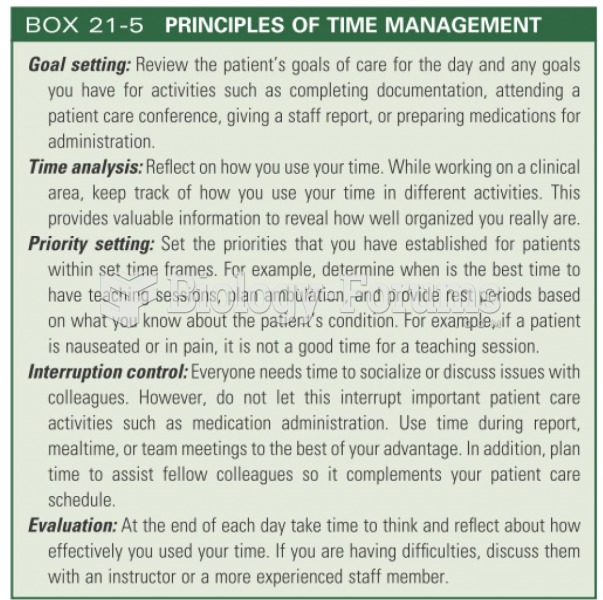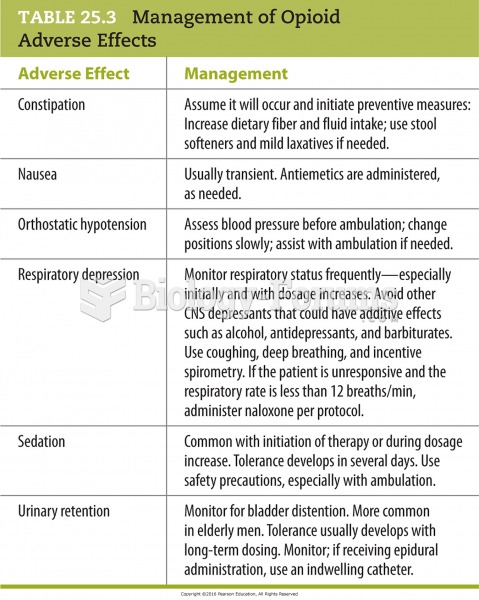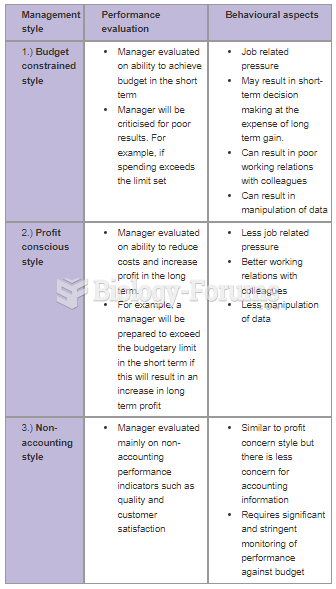Answer to Question 1
Answer: D
Explanation: A) Incorrect. All answer choices are correct. First, Morgan's goals are measurable, unambiguous, and behavioral; she will know at the end of the semester whether she has accomplished her goals. Second, her goals are consistent. They are not mutually exclusive or incompatible. Third, her goals are appropriately challenging. Moderately difficult goals increase effort more than easy goals or impossibly difficult goals.
B) Incorrect. All answer choices are correct. First, Morgan's goals are measurable, unambiguous, and behavioral; she will know at the end of the semester whether she has accomplished her goals. Second, her goals are consistent. They are not mutually exclusive or incompatible. Third, her goals are appropriately challenging. Moderately difficult goals increase effort more than easy goals or impossibly difficult goals.
C) Incorrect. All answer choices are correct. First, Morgan's goals are measurable, unambiguous, and behavioral; she will know at the end of the semester whether she has accomplished her goals. Second, her goals are consistent. They are not mutually exclusive or incompatible. Third, her goals are appropriately challenging. Moderately difficult goals increase effort more than easy goals or impossibly difficult goals.
D) Correct. All answer choices are correct. First, Morgan's goals are measurable, unambiguous, and behavioral; she will know at the end of the semester whether she has accomplished her goals. Second, her goals are consistent. They are not mutually exclusive or incompatible. Third, her goals are appropriately challenging. Moderately difficult goals increase effort more than easy goals.
Answer to Question 2
Answer: C
Explanation: A) Incorrect. High expectations generally foster high performance and low expectations decrease performance.
B) Incorrect. High expectations generally foster high performance and low expectations decrease performance.
C) Correct. High expectations generally foster high performance and low expectations decrease performance. As long as the goals are reachable, high expectations are always preferable to low expectations, regardless of ability level.
D) Incorrect. High expectations generally foster high performance and low expectations decrease performance. As long as the goals are reachable, high expectations are always preferable to low expectations, regardless of ability level.







